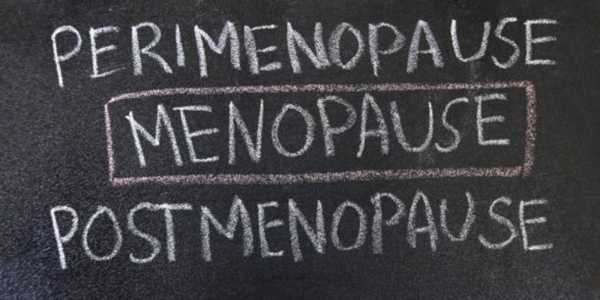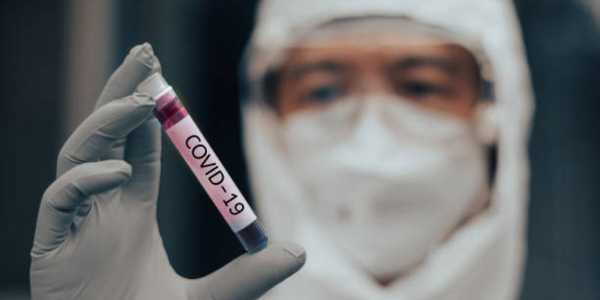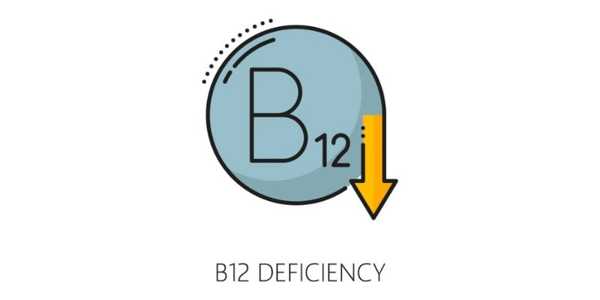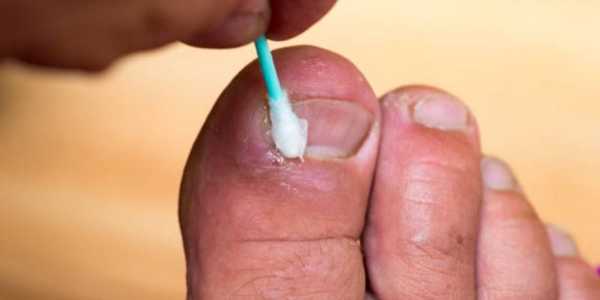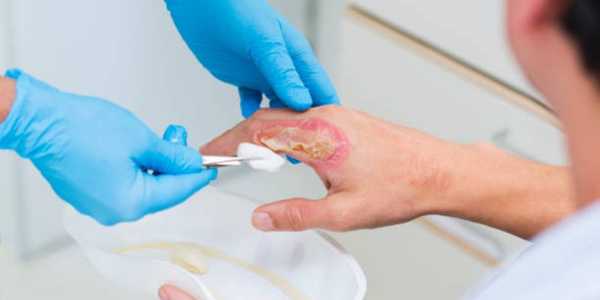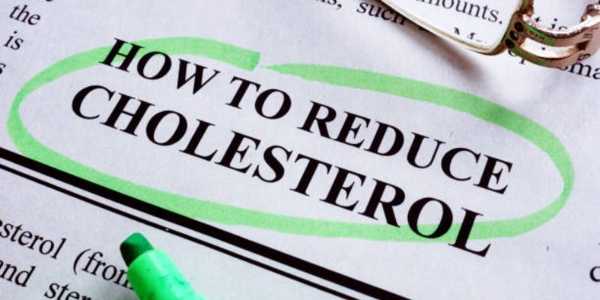Menstrual cramps, or dysmenorrhea, afflict millions of women every month. For others, the pain is short-lived and not so terrible, but for others, it is severe enough to disrupt daily life. Painkillers are readily reached for quick relief by many women, but growing interest in natural pain relievers has seen alternative treatments that can bring relief without the use of medication.
Feeling constantly tired, anxious, or forgetful is often blamed on Stress. But for many women in their late 30s to 50s, these symptoms may actually be signs of perimenopause. This natural stage marks the transition toward menopause, usually starting in the mid-to-late 40s but sometimes earlier, and it can last several years.
Hormones act as the body’s internal messengers. They influence everything from energy levels and sleep quality to mood, weight, fertility, and even skin health. When these chemical messengers fall out of balance, daily life feels the impact. While medications exist, more people are seeking natural ways to restore balance, and nutrition is proving to be one of the most effective tools.
Menstrual cycles are not always considered a typical monthly sign of health, and people are often unsure what actually constitutes being "normal." The normal menstrual cycle is anywhere from 21 to 35 days long, with bleeding anywhere from 3 to 7 days. A cycle that falls outside of those parameters, misses altogether, or drastically alters can sometimes be called an irregular period.
Missing a period often triggers the immediate thought of pregnancy. But here’s the truth—pregnancy is just one possible reason. A missed or late period can happen for many other reasons, ranging from lifestyle factors to underlying health conditions. Understanding these causes helps take away unnecessary fear and points toward what’s really happening inside the body.
Ovarian cysts are a health condition many women know of but know little about. These fluid-filled sac-like structures typically develop unobtrusively in the ovaries, sometimes even disappearing without incident. Other times, they can be painful, swollen, or even life-threatening. Knowing the symptoms, causes, and cures can be a lifesaver for women's reproductive health.
Dehydration in children can escalate quickly and quietly. A child who looks a little tired after play may actually be on the edge of mild dehydration. If dehydration progresses, the situation can become an urgent medical emergency.
A great night's sleep isn't a question of being tired so much as it is a question of powering brain function, emotional balance, and long-term health. And yet millions of individuals experience inadequate sleep without realising that habits within their daily routines are the cause.
Chronic Obstructive Pulmonary Disease (COPD) is one of the leading causes of Breathing difficulties worldwide. For many, the challenge of simply getting enough air creates daily struggles. Traditional inhalers and oxygen therapy help, but when carbon dioxide builds up and Breathing becomes too taxing, BiPAP machines often step in as a critical part of treatment.
COVID-19 started as a temporary sickness, but for millions of people, it never actually went away. Long COVID — a disease where symptoms persist weeks or months after the initial onset of infection — has become one of the largest health enigmas of this decade.
Vitamin B12 deficiency is surprisingly common, yet often overlooked. Many people suffer from unexplained fatigue, brain fog, or nervous system issues without realising that low vitamin B12 could be the hidden culprit. Because this essential vitamin impacts nearly every cell in the body, the consequences of deficiency can be serious when ignored.
Ever wake up with a stuffy nose and wonder, “Is this just a cold—or could it be the flu?” The confusion is common because colds and the flu share several overlapping symptoms. But telling them apart is more than a matter of curiosity. Knowing the real difference between cold and flu symptoms can guide better treatment decisions, help prevent complications, and ultimately protect your health.
A sedentary job means prolonged sitting or minimal movement for much of your workday — think office work, remote computer-based roles, driving, call-center shifts, or any role with long seated hours.
Menopause marks the point when menstrual cycles stop permanently, typically after 12 consecutive months without a period. The average onset is between ages 45 and 55.
Plantar fasciitis can feel like a sharp, stabbing pain in your heel—especially with the first few steps in the morning. It’s uncomfortable and limiting, but for most people, it can be managed effectively at home.
Mild fungal infections are common, but they don’t have to be a mystery or a long battle. When caught early, natural strategies—combined with good hygiene—can often clear things up. This guide covers everything from identifying a fungal rash to choosing safe home treatments, supporting your body, and knowing when it's time to see a professional.
Choosing how to receive insulin is one of the most important decisions a person with diabetes faces. Insulin therapy is essential for many people—especially those with type 1 diabetes and some with type 2—but how you deliver insulin can affect blood sugar control, daily life, costs, and risks.
A "minor burn" is typically a first-degree burn (involving only the epidermis, with redness and pain) or a small superficial second-degree burn (involving the upper portion of the dermis with minimal blistering).
Aging is often associated with wisdom, experience—and unfortunately, gradual bone weakening. After the age of 40–50, bone density begins to decline, making fractures, osteoporosis, and mobility loss more likely. Given how painful and limiting bone breaks can become, it’s wise to focus early on natural, sustainable strategies to keep bones strong.
A friendly reminder: cholesterol is not all bad. There are two main types — LDL (low-density lipoprotein), often called “bad” cholesterol, and HDL (high-density lipoprotein), the “good” cholesterol. When LDL builds up, it can clog arteries and increase the risk of heart disease and stroke; meanwhile, HDL helps carry excess cholesterol away from arteries to the liver for removal.
Asthma impacts over 260 million individuals globally, with current statistics indicating approximately 260.48 million existing cases. In spite of advancements, asthma-caused deaths continue to be substantial (≈ 436,000 worldwide) and a majority of those take place in low- and middle-income nations.
In recent years, personal health technology has exploded—with smartwatches, fitness bands, and medical wearables entering everyday life. Among these, wearable ECG monitors draw attention because they promise to turn the wrist (or patch, or ring) into a window into one’s heart.

